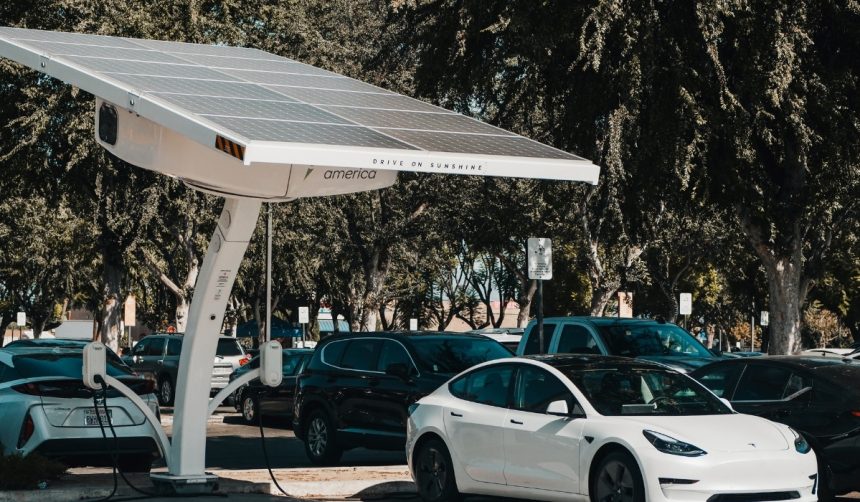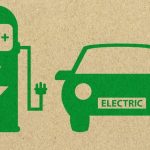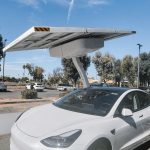Austin has become the latest battleground for autonomous vehicle services as Tesla and Waymo maneuver to expand their Robotaxi operations. Both companies are refining the coverage of their self-driving vehicles, with Tesla strategizing new moves after Waymo broadened its operational area. The increased focus on geofencing within the city highlights the competitive pace and dynamic nature of the autonomous mobility sector. Direct consumer benefits, such as wider availability and potentially improved service, have emerged as the companies escalate their rivalry. Consumer interest remains high, especially as such expansions may determine which provider secures a leadership position in this space.
When self-driving rides in Austin first launched, reports indicated Tesla offered a modest coverage zone compared to Waymo, whose initial strategy reflected a more conservative growth approach. Recent weeks have seen acceleration in that strategy, with Tesla and Waymo now frequently leapfrogging one another by broadening their service areas in rapid succession. The operational priorities appear to have shifted from primarily focusing on technology validation to pursuing market share and visibility. Waymo’s earlier expansions in Phoenix and San Francisco were similarly met with incremental responses from its competitors, suggesting a pattern of measured, strategic growth within the industry. Developments in Austin thus reflect larger trends within the autonomous vehicle sector nationally.
Geofence Expansions Impact Service Reach
Recent movements by both companies underscore the growing significance of service area expansion. Tesla’s Robotaxi coverage now spans a notable section of the city, previously reaching 42 square miles after an initial geofence adjustment. Waymo, responding soon after, expanded its own operational range in Austin to encompass nearly 90 square miles, effectively raising the stakes for competitors. The cumulative impact of these geofence revisions increasingly determines which users gain access to autonomous ride services, altering the market landscape.
How Are Companies Positioning for Market Leadership?
Waymo adopted a swift approach after Tesla’s first geofence update, drawing public attention with its own bold statement. The dynamic between both companies was further emphasized when observers, such as drone operator Joe Tegtmeyer, spotted Tesla Robotaxi validation vehicles in areas beyond downtown Austin, signaling possible future expansions. Tesla appears poised to further increase its Robotaxi accessibility, including points well west of the city, such as Marble Falls. Industry observers see these strategic deployments as efforts to demonstrate technical capability and operational flexibility to regulators and consumers alike.
Why Is Austin Central to Tesla’s Robotaxi Strategy?
Tesla’s Robotaxi rides, introduced in late June for Early Access Program participants, are of particular interest because Austin is currently the only city where the company has clearance to run passenger rides in a fully driverless mode. Although Tesla is looking to extend its program to states like Arizona and California, regulatory and logistical hurdles elsewhere have kept Texas as its main testing ground for now. The current focus on Austin not only ensures valuable operational data but also helps refine Tesla’s scaling approach for future launches nationwide.
“We could see Tesla’s response to Waymo’s expansion in Austin very soon,” commented a social media observer, reflecting the anticipation around each move in the competitive landscape.
Service area competition in autonomous vehicles continues to prompt more frequent adjustments, as companies grapple with regulatory environments, technology readiness, and consumer adoption rates. For users and city officials, these geofence expansions challenge existing infrastructure and raise questions about the integration of driverless fleets in dense urban environments. Despite public interest in the competitive elements, both Tesla and Waymo must navigate the realities of safety certification and municipal approval processes, which influence the pace and scope of growth. As more data is gathered from ongoing experiments in Austin, residents and other cities considering autonomous programs are likely to benefit from clearer insights into practical deployment, operational hurdles, and end-user experience. Stakeholders in this evolving field should continue to monitor related policy, technology, and partnership developments for a more complete understanding of what shapes self-driving mobility offerings in the United States.










